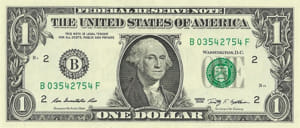The Silicon Valley Bank Collapse Is a Direct Consequence of Loose Monetary Policy.
The second largest collapse of a bank in recent history after Lehman Brothers could have been prevented. Now, the impact is too large, and the contagion risk is difficult to measure.

The demise of the Silicon Valley Bank (SVB) is a classic bank run driven by a liquidity event, but the important lesson for everyone is that the enormity of the unrealized losses and financial hole in the bank’s accounts would have not existed if it were not for ultra-loose monetary policy. Let us explain why.
Continue reading Silicon Valley Bank Followed Exactly What Regulation Recommended
